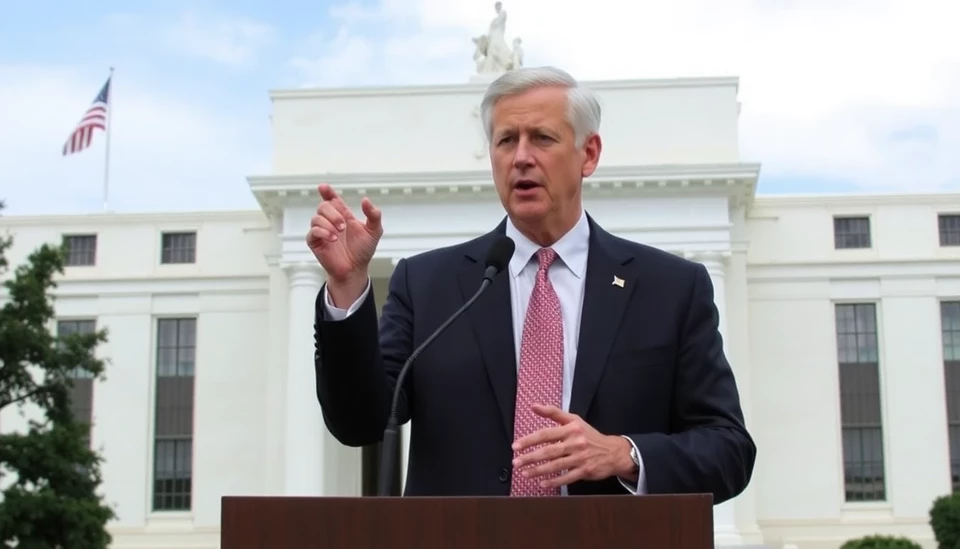
In an intriguing economic trend, younger households in rural areas of the United States are experiencing significantly lower inflation rates than their urban counterparts, according to a recent Bloomberg report. This divergence represents a notable shift in the financial landscape, where cost-of-living increases are typically felt more acutely in metropolitan regions.
The data highlights that younger households, defined primarily as those under 35 years old, are facing an inflation rate that is 1.7 percentage points lower than the national average. This demographic's experience is particularly striking given the broader economic challenges that have plagued many consumers across the country in recent months.
One of the key factors contributing to this phenomenon is the different spending patterns observed in younger rural households. While urban residents typically spend a larger portion of their income on housing, which has seen significant price increases, younger individuals in rural settings tend to allocate their funds differently. Their lower reliance on expensive rental markets and higher property prices helps cushion them against inflationary pressures.
Moreover, essentials such as food and energy, two significant components of inflation calculations, have been comparatively stable in rural areas. This stability is attributed to local agricultural production and energy sources, which insulate these households from the severe price hikes often seen in urban environments. For instance, record-high prices for housing and utilities in cities are less of a concern for those living in less densely populated areas where costs remain more manageable.
The disparity in inflation rates raises important questions about the broader economic implications for rural versus urban communities. As urban areas grapple with rampant inflation impacting rent and transportation costs, rural regions appear to navigate these waters with relative ease, creating a growing divide in economic pressures.
This trend points to potential changes in migration patterns, with younger individuals in search of lower living costs possibly choosing to move to rural areas. A migration trend of this nature could further alleviate inflation pressures in urban markets, potentially leading to a recalibration of economic dynamics between these two distinctly different regions.
As we look forward, it's essential to monitor these developments closely. Understanding the nuances between rural and urban economic conditions could prove vital for policymakers, businesses, and communities aiming to address the diverse needs and challenges facing today's consumers.
In conclusion, the economic landscape continues to evolve, and as younger rural households enjoy a respite from inflationary strains, they may lead a shift in demographics, consumption patterns, and overall economic strategy in years to come.
#Inflation #RuralEconomy #UrbanVsRural #EconomicTrends #HouseholdSpending #CostOfLiving #YouthEconomics
Author: Rachel Greene




